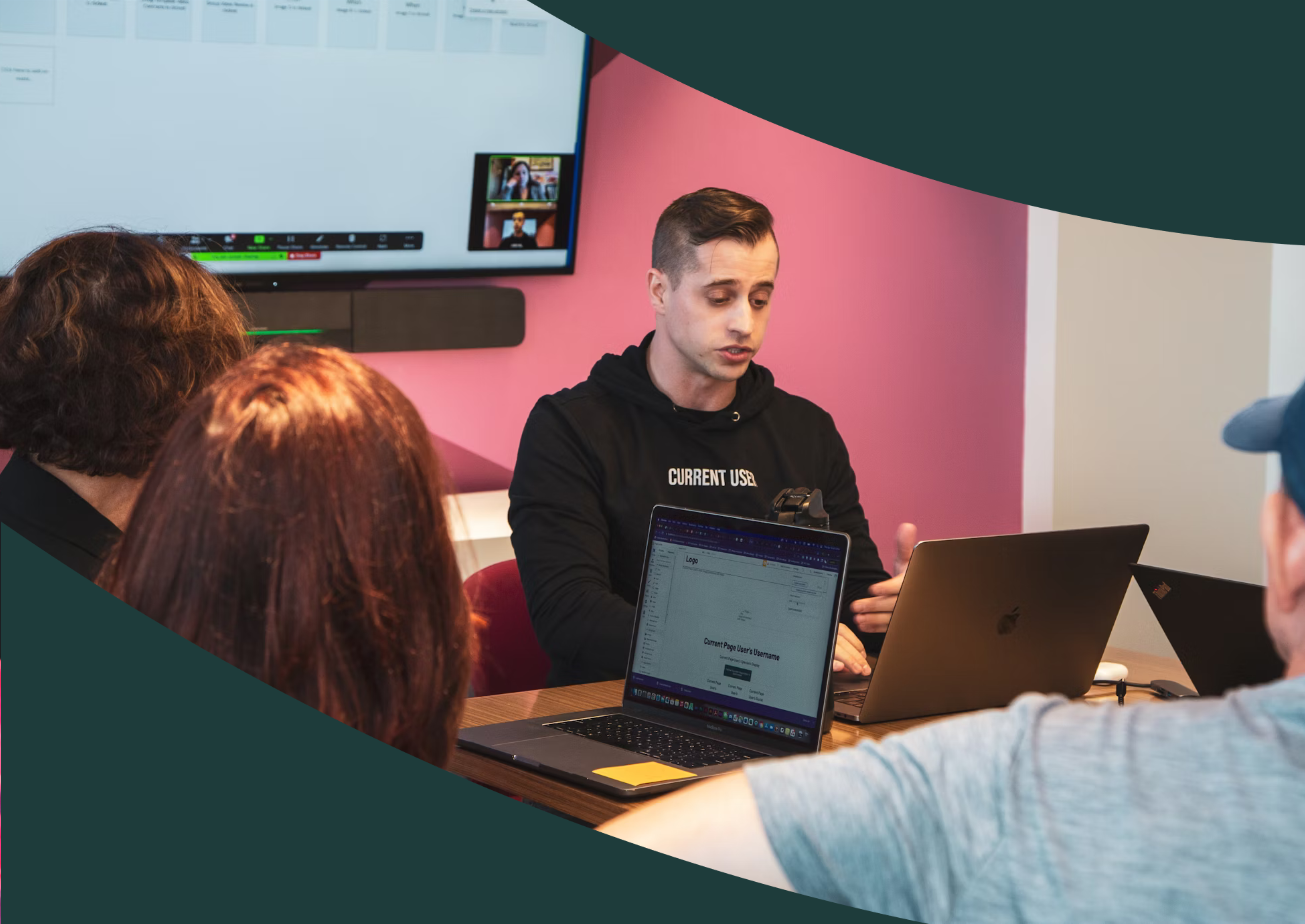Blog

Context Gap: the Root Cause of Every Annoying Marketing Challenge

Multichannel vs Omnichannel: Choosing the Right Approach

Marketing Use Cases for Generative AI: What Works Now

Instagram AI Marketing Trends Reshaping Social Commerce

We Ranked 20 AI Marketing Platforms: Here Are the Winners

Best UGC & Influencer Marketing Platforms (2026)

How to Scale AI Media Buying Without Losing Control

How to Scale Multichannel Marketing Strategies Without Wasting Budget

🎁 The Pixis Holiday Gift Guide 2025



